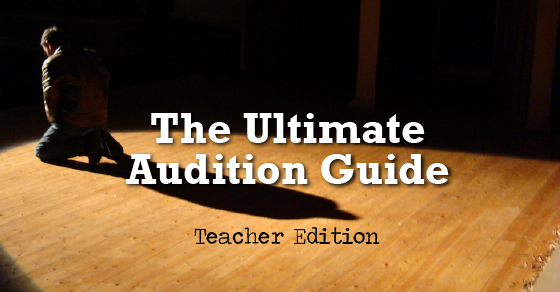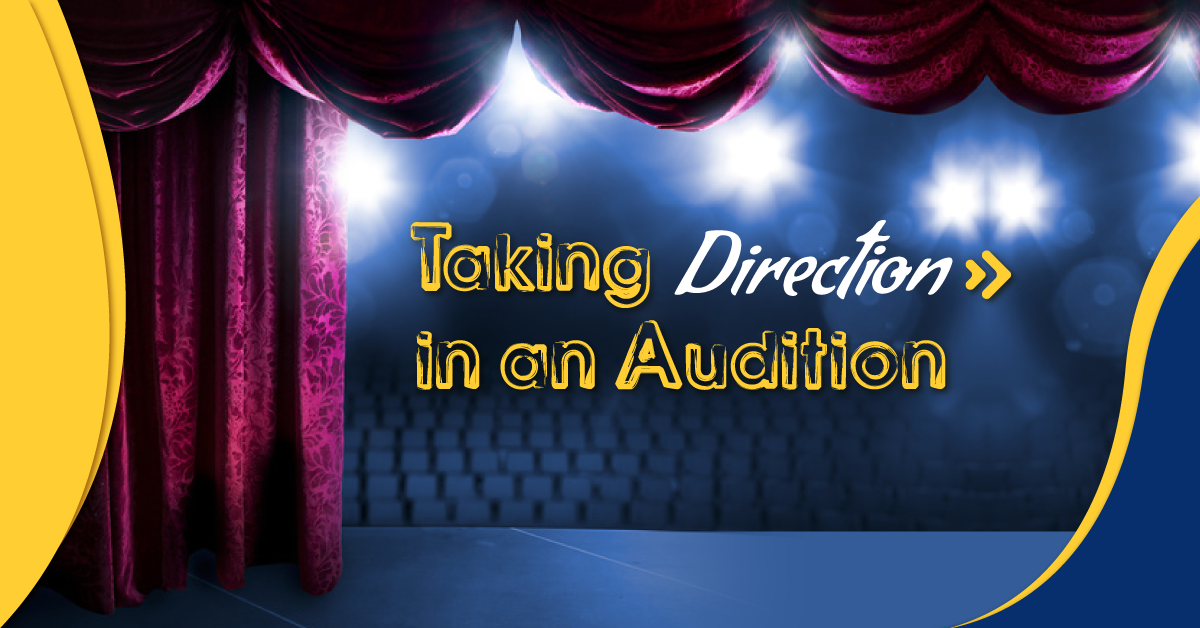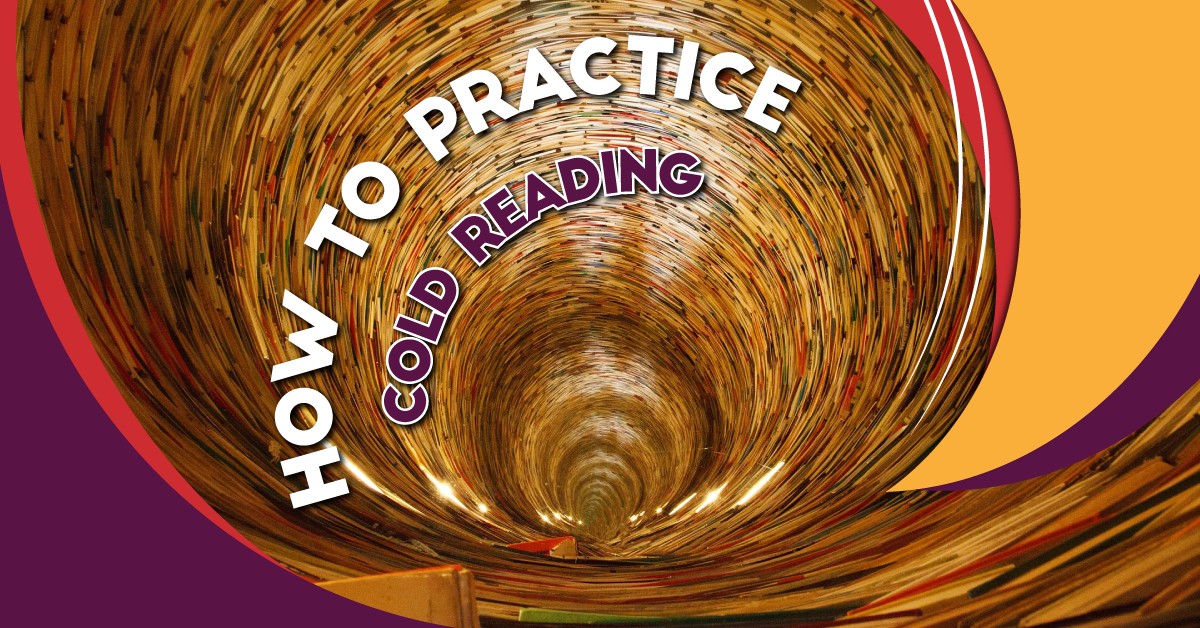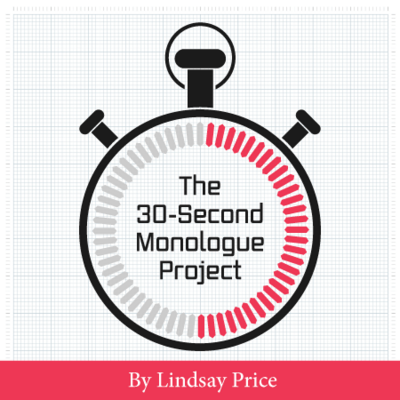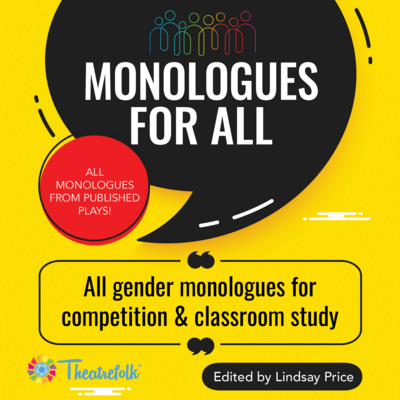Intention vs. Presentation
One of the issues in student artistic work (whether it be as a playwright, an actor or a director) is intention vs. presentation. There is often a difference between what students intended to put on stage, and what they actually did.
More often than not, young artists have a clear picture of what they want for a character, what they think about a moment, what they intend. They do spent time thinking about their characters. They have a director’s concept. They are smart and articulate when they describe what’s going on inside their heads in terms of a specific moment. But just as often, the execution of their intention does not find its way into the final product.
There are a lot of reasons for this. Sometimes it’s difficult for young actors to manifest a thought – to bring the “idea” of a character into a three-dimensional representation. Ideas and thoughts are hard for an audience grasp. They only know what they see. It doesn’t matter what an actor/director/writer intended – if it’s not on the stage, the audience won’t know.
One way to solve this issue is to have student actors physicalize their ideas. Encourage students to turn their thoughts into physical action – something tangible. A physical stance, a gesture to another character, a movement across the stage. Show who the character is through action, instead of through ideas.
And what about the thoughts inside a student director’s head? How do young directors make sure their intentions are clear in the presentation? Again, go for the tangible – make sure there is some kind of physical action that matches each idea. For the director, this could be a blocking pattern, the choice of set and costume, a gesture that shows the relationship between two characters, a specific picture. Encourage student directors to build stage pictures that represent the thoughts and words in their head. Visualize the theme, visualize the concept, visualize the interpretation.
Another tactic is to get an outside eye to look at the production. This is especially important when taking a production to competition. Don’t get involved with likes or dislikes of the person providing feedback – there is really only one question and one answer:
“This is my intention. Is my intention clear on stage?”
That’s what a student director needs to know.
Lastly, there is the student writer. How do you make intention tangible for a student written work? Have them write it out. Ask four questions:
- What is the main theme of the play?
- How do my characters fulfill the theme?
- How does the conflict fulfil the theme?
- How do I want the audience to respond?
Theme/Character/Conflict are the backbone of all good plays. And no play exists without audience response. When student writers can define the purpose of the play (theme), the audience response and the who/what of the play (character/conflict), their intention will become clear on the page.
Exercise:
1. Give your students a monologue. Have them fill out the Intention Questionnaire. (You can download a sample monologue and Questionnaire below ). The Questionnaire asks students to define their thoughts on the character.
2. Ask students to turn their thoughts about the character and the monologue into physical action. What blocking will they use? Come up with three specific actions.
3. Ask students to link up their thoughts and ideas to their blocking in a reflection. Why did they choose a particular stance, movement or gesture to show inner thought? What does it mean to turn thoughts into action? Why is it important to visualize your intention?
Related Articles
The 30-Second Monologue Project
by Lindsay Price
Give students the confidence, skills and tools they need to master the monologue with The 30-Second Monologue Project. This four-lesson unit guides students from the first moment to a successful performance.
Monologues for All
by Lindsay Price
Many monologue books have monologues with only male- or female-identified characters. This resource allows students to infer the identity of the character.

